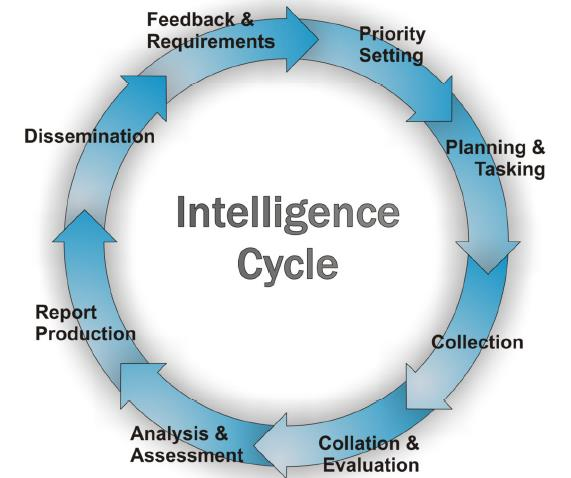
The Financial Intelligence Center is mandated to publish the trends report, its Director General Mary Chirwa has clarified.
In a statement, Ms. Chirwa said the product of strategic analysis includes risks, trends and methods in money laundering which the FIC communicates to the public and other stakeholders through its Trends Report.
She said the objective of the trends report is to inform the public and other stakeholders of measures to detect, prevent, deter money laundering and financing of terrorism or proliferation pursuant to section 5(2)(e).
Ms. Chirwa said the report may further influence policy formulation by government to address money laundering and terrorist financing.
LUSAKA TIMES
Below is the full statement
PRESS STATEMENT ON THE OPERATIONS OF THE FINANCIAL INTELLIGENCE CENTRE
The Financial Intelligence Centre (FIC) draws its mandate from the Financial Intelligence Centre Act No. 46 of 2010 (as amended by Act No. 4 of 2016) (the FIC Act). The law recognises the FIC as the sole designated national agency authorized to receive, request for, analyze and evaluate suspicious transaction reports and information from any other source authorized under any written law to make a suspicious transaction report including a designated foreign authority to determine whether there are reasonable ground to transmit reports for investigation by law enforcement agencies or foreign designated authorities.
The other functions of the FIC include but are not limited to:
Section 5 (2)(d) of the FIC Act- Provide information, advice and assistance to law enforcement agencies in furtherance of an investigation.
Section 5 (2)(e) of the FIC Act- Educate the public and reporting entities of their obligations and inform them of measures to detect, prevent and deter money Laundering and financing of terrorism or proliferation.
Section 5 (3)(c) of the FIC Act- Access, directly or indirectly, on a timely basis, financial, administrative and law enforcement information required for the better carrying out of its functions under the Act.
The provisions relating to the functions of the FIC were evaluated by the Eastern and Southern Africa Anti-Money Laundering Group (ESAAMLG) assessors during the 2018 Mutual Evaluation exercise and the provisions were found to be compliant with the Financial Action Task Force (FATF) standards (International standard setter on Anti-Money Laundering/Countering the Financing of Terrorism policies).
Financial Action Task Force (FATF) Standards
The Financial Action Task Force is the global standard setter on Anti-Money Laundering and Countering the Financing of Terrorism and Proliferation of weapons of mass distraction. Specifically recommendation 29 (4b) requires the Financial Intelligence Units (FIUs) globally to conduct strategic analysis. Strategic analysis uses available and obtainable information including data that may be provided by other competent authorities to identify money laundering and terrorist financing related trends and patterns.
1. Does the FIC have the mandate to publish the Trends Report?
Yes. Both the FIC Act and the international standards require the FIC to conduct strategic analysis. The product of strategic analysis includes risks, trends and methods in money laundering which the FIC communicates to the public and other stakeholders through its Trends Report. The result of strategic analysis are used by the FIC to inform the public and other stakeholders of measures to detect, prevent, deter money laundering and financing of terrorism or proliferation pursuant to section 5(2)(e).
2. What is the objective of the Trends Report?
The objective of the trends report is to inform the public and other stakeholders of measures to detect, prevent, deter money laundering and financing of terrorism or proliferation pursuant to section 5(2)(e). Further, the report may influence policy formulation by government to address money laundering and terrorist financing.
3. What is the difference between an Intelligence Report and Trends Report?
An intelligence report is a product of operational analysis which uses available and obtainable information to identify specific targets, to follow the trail of particular activities or transactions and to determine links between those targets and possible proceeds of crime, money laundering, predicate offences and terrorist financing. In undertaking operational analysis the FIC has access to wide sources of information such as suspicious transaction reports (STRs), internal and external data bases, financial, administrative and law enforcement sources. This is as provided for under Section 5 (3)(c) of the FIC Act.
The intelligence report contains details such as suspected offences in specified laws, property suspected to be proceeds of crime and names of suspects. This report is disseminated to law enforcement agencies. As highlighted earlier, the Trends Report on the other hand is for public consumption and contains redacted case studies that demonstrate methods used to launder suspected proceeds of crime.
4. How does the FIC process raw data into an intelligence report?

The above image illustrates the process that is followed in producing intelligence reports which are disseminated to law enforcement agencies. The process makes use of suspicious transaction reports and other disclosures which are classified as “raw data”. The information disseminated to law enforcement is not raw data as it goes through a rigorous process of enrichment.
5. Does the FIC disseminate intelligence reports to the public?
No. The FIC disseminates intelligence reports to designated agencies as provided by the law.
6. Are the redacted case studies illustrated in the Trends Report released to the public before dissemination to law enforcement agencies?
No. The redacted case studies contained in the Trends Report would have already been disseminated in full detail during the preceding year and prior to the release of the Trends Report.
7. Is the FIC the only Financial Intelligence Unit (FIUs) that publishes redacted case studies?
No. There other FIUs that publish redacted case studies to illustrate money laundering and terrorist financing risks, trends and methods.
Refer to links below.
United Kingdom
https://nationalcrimeagency.gov.uk/who-we-are/publications/%20256-2018-sars-annual-report/file
Canada
http://www.fintrac-canafe.gc.ca/publications/ar/2018/ar2018-eng.pdf
South Africa
https://www.fic.gov.za/Documents/SCAMS%20&%20TYPOLOGIES%20-%20Public%20Awareness%20DEC%202018.pdf
Ghana
https://www.fic.gov.gh/wp-content/uploads/2017/12/2016-Annual-Report-FIC.pdf
Issued by
Mary Chirwa (Ms)
Director General
Financial Intelligence Centre
LUSAKA TIMES

 JOIN DRIVERN TAXI AS PARTNER DRIVER TODAY!
JOIN DRIVERN TAXI AS PARTNER DRIVER TODAY!










